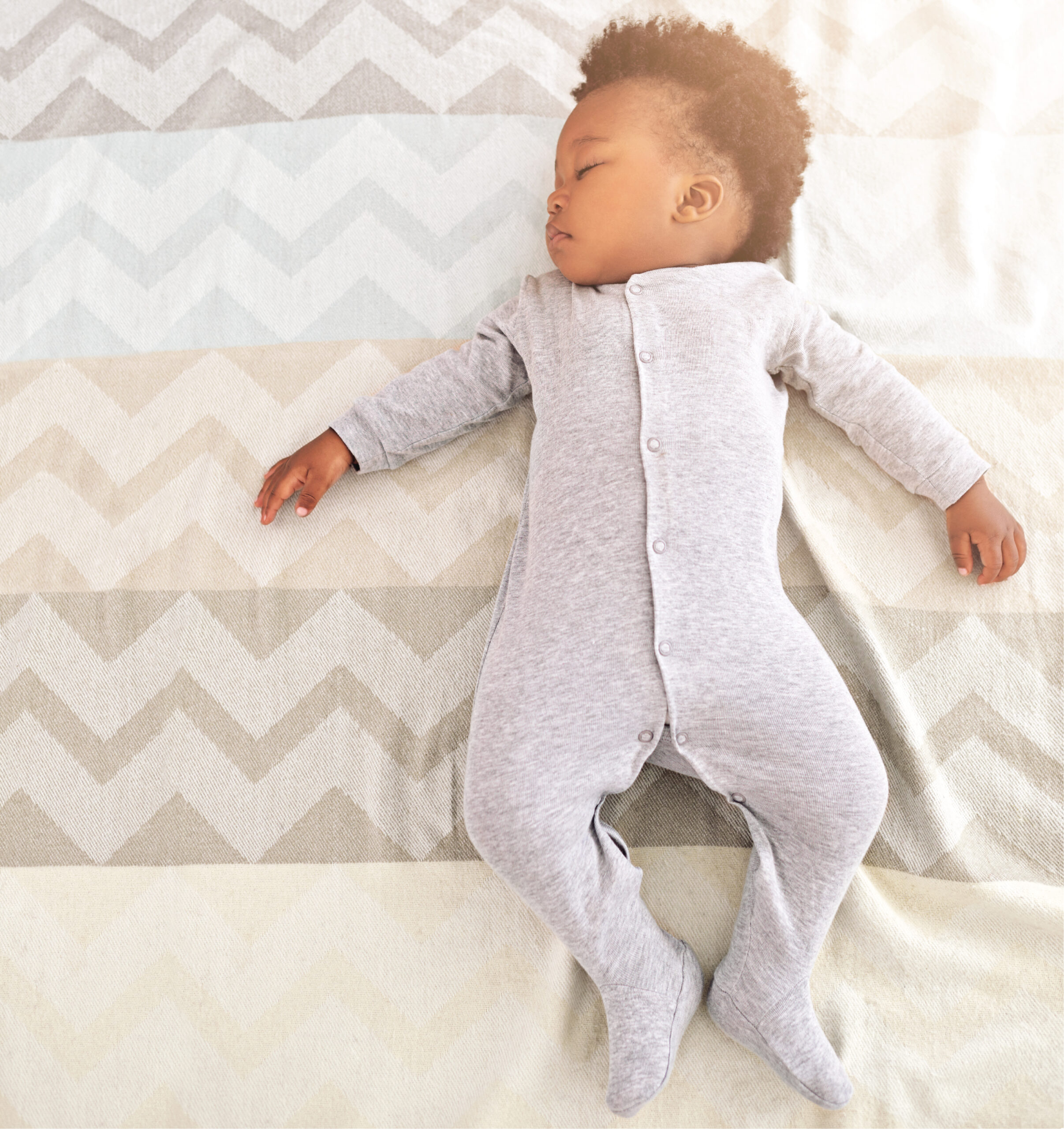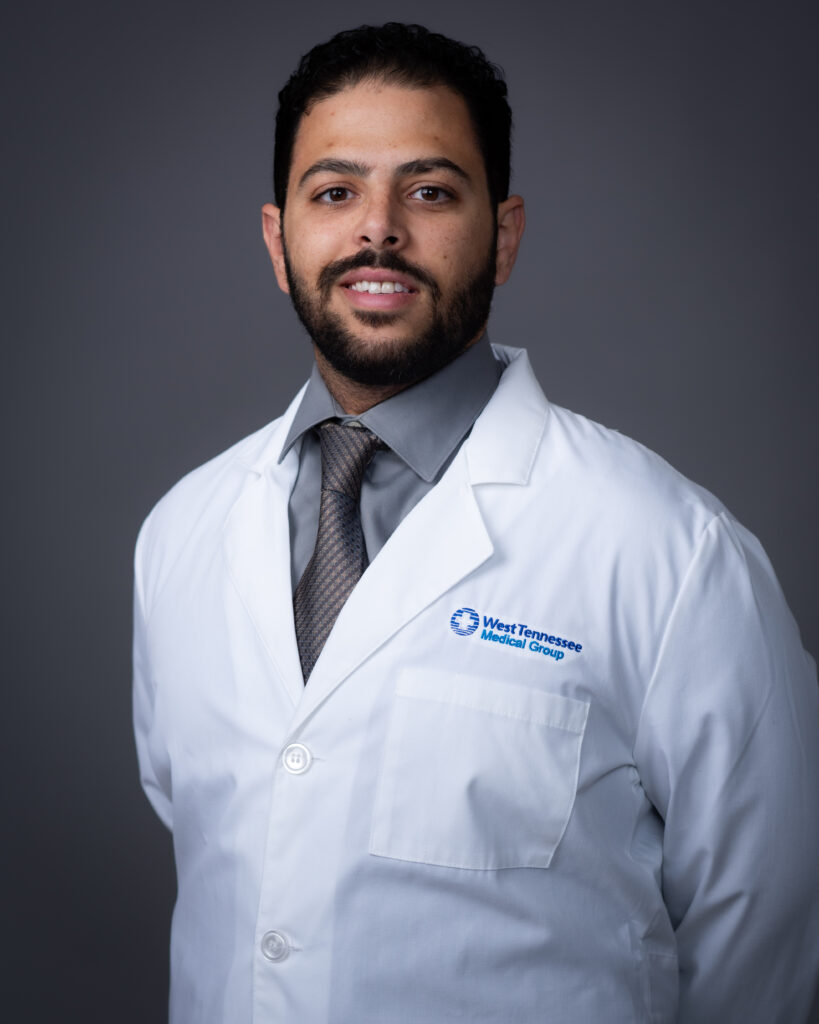
Bringing home a new baby is exciting and full of important decisions. One of the most critical things to consider? How to keep your newborn safe while sleeping.
Each year, nearly 3,500 babies in the U.S. die unexpectedly during sleep, often due to sudden infant death syndrome (SIDS). While rates have declined since the introduction of safe sleep practices in the 1990s, every loss is devastating.
The good news: parents and caregivers can take specific steps to help reduce the risk.
Michael Abdelmisseh, MD, pediatrician with West Tennessee Medical Group Primary Care & Pediatrics in Dyersburg, shares expert guidance to help keep your baby safe.

What Is SIDS?
SIDS refers to the sudden and unexplained death of a seemingly healthy baby under the age of one, usually during sleep. While the exact cause remains unknown, researchers have identified several key risk factors:
- Sleeping on the stomach
- Sleeping on soft surfaces
- Sleeping with loose bedding or soft objects
- Overheating during sleep
- Exposure to cigarette smoke during pregnancy or after birth
- Bed-sharing with adults or pets
Note: Bed-sharing becomes even more dangerous if the adult is a smoker, under the influence of drugs or alcohol, or if the baby is under 14 weeks old.
Why is stomach-sleeping so dangerous? It increases the likelihood of airway blockage and a phenomenon called rebreathing: when a baby breathes in their own exhaled air, leading to low oxygen levels and higher carbon dioxide levels. In healthy babies, the brain signals the body to wake up. In SIDS cases, this response doesn’t happen.
How to Create a Safe Sleep Environment
Talking about SIDS can feel overwhelming, but there are clear, evidence-based steps you can take:
- Always place babies on their backs to sleep, for both naps and nighttime sleep.
- If your baby rolls over on their own during sleep, you do not need to reposition them—just ensure they start out on their back.
- Use a firm, flat sleep surface with only a fitted sheet. Avoid crib bumpers, pillows, blankets, or toys.
- Skip crib bumpers entirely. Despite common belief, they offer no safety benefit and pose risks.
- Dress your baby appropriately. Use wearable blankets or sleep sacks instead of loose blankets. Check for signs of overheating, such as sweating or hot skin.
- Swaddling is safe—until your baby starts to roll. Ensure it’s not too tight and doesn’t restrict breathing.
- Avoid bed-sharing. Bring your baby into your bed only for feeding or comforting, then return them to their crib. If there’s a chance you may fall asleep, have another adult present.
Safe Sleep Recognition at Jackson-Madison County General Hospital
Jackson-Madison County General Hospital is Safe Sleep Certified by the National Safe Sleep Hospital Certification Program: recognizing its commitment to safe sleep education and practices for newborn care.
Talk to Your Pediatrician
If you have questions about how to create a safe sleep space for your baby, your pediatrician is your best resource. From swaddling tips to sleepwear recommendations, they can help guide you through each stage safely.
Michael Abdelmisseh, MD is currently accepting new patients. Schedule an appointment online with Dr. Michael or another West Tennessee Medical Group pediatric provider today.
Updated: July 16, 2025

